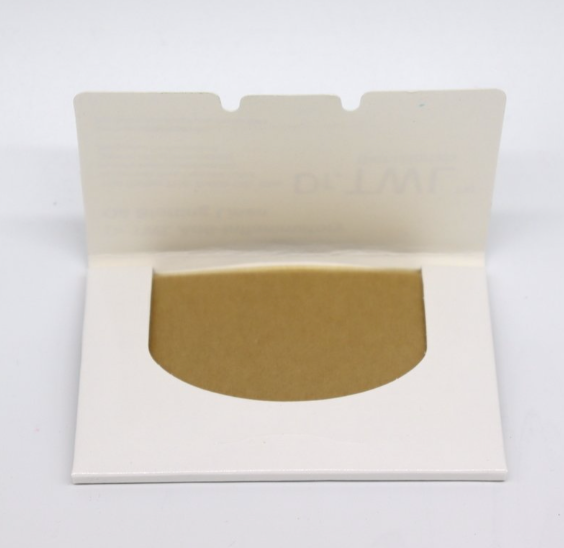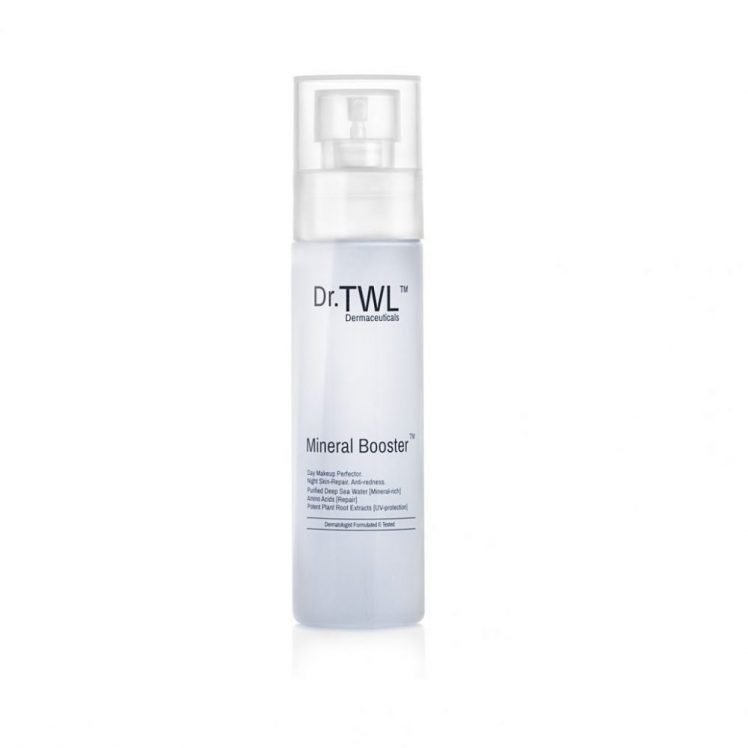Are Oil Blotting Papers Effective? Dermatologist Explains
Are Oil Blotting Papers Effective? Dermatologist Explains

To blot or not to blot? It can be tempting to rely on oil blotting papers to remove excess oil on the face, especially in a humid, tropical climate like Singapore. In this episode, Dr. Teo Wan Lin explains the science behind oil blotting papers and whether or not they are really effective for oily skin.
Ep 3: The Art & Science of Facial Blotters
Do you use oil blotting papers? The science of face blotters are mixed. Or is it? Welcome to Hot and Sweaty Beauty, a dermatologist’s guide to Singapore beauty.
Where we endeavour to unravel the deepest, darkest, secrets… of how Singapore weather. Well, is too hot. Too sweaty for girls to stay beautiful.
That’s not true by the way. I’m Dr. TWL, and I’m here to help. On a more serious note. Do you use oil blotters? Traditionally, dermatologists may say, “oil blotters don’t work. Plus they make your skin ever oilier.”
“My skin, even oilier? Impossible.”
I understand. While only my nose gets oily. I know many of you are oily everywhere, on your face I mean.
So the purpose of today’s episode is to clarify the science of how blotting linens work. What you should be looking out for when choosing a blotting best friend. And oh. Why Hermes blotting papers cost $68. It’s blotting paper en plein air. Silly me.
It’s definitely affordable.
How do oil blotting papers work?

Anti-Inflammatory Oil Blotting Linen is made from the hemp plant, or Cannabis Sativa. This blotting paper can help to counteract reactive seborrhea by helping to stabilise the micro environment of the skin.
On a serious note. Blotting papers do not simply remove excess oil from one’s skin. They quite literally can remove most of the oil. That isn’t necessarily evil. Because a mattified complexion does feel more comfortable in humid weather. Trouble is, what skin looks like on the surface only tells part of the story of what’s actually going on under. Healthy skin is actually supposed to produce sebum, why that’s what sebaceous glands are for. Also known as oil glands which become active after the onset of puberty. This sebum contains lipids, which lubricate the surface of skin, enhancing the skin barrier. Besides, it also in a way, your skin’s natural “serum”, which also happens to be well. Free. Since us Singaporeans love all things free right?
There is in fact a study which shows that those with oilier skin types , i.e. acne-prone as well, tend to display less signs of skin aging than their counterparts. Meaning, they have less wrinkles and their skin looks more plump, fuller, when they grow older.
So blotting is an act which rather indiscriminately removes all the oil. Depending of course on how much one blots, and how oily is oily. I do remember having some friends back in Junior College who seemed to relish being able to exhaust an entire packet of the blue J & J blotting paper (popular then) in a single day. But the key here is understanding how skin reacts when the surface oil is removed.
Are oil blotting sheets effective?
Essentially, hyperseborrhea is a medical condition whereby the oil glands are dysregulated and produce more oil than it should. Why that happens boils down to one’s genetics. And while we know individual genetics differ, when one has a family history of a condition, it is far more likely to develop as well, in that individual. Blotting papers physically absorb the oil. Leaving skin feeling abnormally dry. In this setting. You see, skin is an organ, like all other organs in our body, which has a certain intelligence. It responds to the circadian rhythm for example and all physiological processes, take time. So removing all the oil suddenly, isn’t quite normal for skin that is used to producing quite a lot of oil.
What happens then is that it can begin to overcompensate, that means that it starts to produce oil to replace the oil that has been removed. I think this is a problem only when one blots excessively. But nevertheless is one that deserves our attention.

The Blemish Spot Mask Peel is an at-home facial peel that consists of potent pharmacologically active plant extracts formulated to treat acne-prone oily skin
Should we blot or not?
I think the answer should be that one ought to blot discriminately. And this is where the art comes in handy. The decision of when to blot and how often should be one that we think through.
The science doesn’t really support blotters. Because well, oil glands simply don’t work this way. If you truly suffer from excessively oily skin, one that is debilitating. Your dermatologist may prescribe oral isotretinoin in low doses which reduces sebaceous gland activity significantly. My personal preference is to use topical methods, such as balancing cleansers and toners and also, the right type of moisturiser. Balancing isn’t a medical or scientific term but is one that I’ll readily use because it best explains the concept I am getting at. We essentially don’t want to remove oil. We want to balance the skin. Reach an equilibrium of sorts, one that enables your natural sebum to perform its intended protective function on the skin barrier, while not appearing on skin like a layer of shine.
The art of using blotters is essentially utilising it as a cosmetic intervention. That is how I would view it. Nobody likes having an oily shiny complexion. Especially uncomfortable in a tropical climate like Singapore’s. So when we touch up our makeup in the middle of the day for example, it is definitely more appropriate to remove the excess oil first before applying more foundation, concealer or powder. I am now going to share how I do this.
How to reduce oily skin? Oily skin makeup tips
First, I am going to talk about major touch-ups. I would use the micellar pad from the pharmacy, which is a material that attracts makeup particles and dirt with water alone and hence functions as an efficient makeup remover on the go. I would use that to clean off areas of my skin that look like it requires touch up. Then, I would apply concealer if necessary followed by face powder. For those with oily skin, you can use a loose powder formulation with zinc oxide, that helps to regulate oil production.

The Anti Acne Zinc Oxide Loose Powder comes with a microfibrillar velour puff for comfortable application on sensitive, irritated skin with a natural effect.
As for minor touch-ups, I use blotters on oily areas which are usually where I need to fix my makeup anyway. For me, that would be my nose and sometimes my chin because I have combination skin. I will only use a single sheet, and blot not more than 3 times over the same area. I will then apply the concealer/foundation/CC cream. Then set it with the facial mist. Usually, the facial mist ought to contain hydrating ingredients and also antioxidants that can encourage healthy skin functions, including sebum regulation.

The Mineral Booster is a dual function refreshing mist to increase absorption of skincare at night, for a perfect look with make-up & during touch-ups in the day.
Well, that’s it for today’s episode on the art and science of blotting papers. Do check out our podcast at www.drtwlpharmacy.com where you can get the full transcripts and also find out more about what we offer. Till the next episode and here’s wishing you a fantastic 2023.







Leave a Reply
Want to join the discussion?Feel free to contribute!